The ancient Anamurium
The ancient Anamurium
It's six kilometers from the county seat of Anamur. It's southwest. No information has been found about when the city was founded, nor have any remains from before the Roman Empire been found to this day. Since the city's name is only on a list of ports, M. Oh, my God. The fourth. The y. The y. It's also known to exist. The use of the name Anemurium in the sense of "windy place" is also indicated by ancient sources. In the 1st century, the first walls were built around the city, which was left for a time under the rule of King Antiochus of Commagene (38-72). It is among the historical information that the first walls were built around the city in the 20th century, which was left for a time under the rule of King Antiochus of Commagene (38-72). Due to its proximity to Cyprus, especially in Roman times, Anemurium was a stopover; it was also connected by land to Germanskopolis, one of the most important Roman cities in the Toros. Thus, it became an important trading city where the natural resources of the region were exported. Anemurium was captured by the Sassanids in 260. And it was frequently destroyed by pirates from the Toros in the 5th century. It's been destroyed many times over the centuries by pirates from the Toros. The city, which was attacked by Arabs in 650, was abandoned after this date. 12 and 13. And after the Anatolian Seljuks captured Mamure Castle in the 13th century, the region came under Turkish rule. After the Anatolian Seljuks captured the castle of Mamure in the centuries, the region came under Turkish rule. The city of Anemurium is divided into two parts: the upper and the lower city. The most eye-catching structures are the walls, three baths, the theater, the odeon (concert hall) and the palestra in the lower city. On certain sections of the sidewalks on both sides of Harbour Street, floor mosaics have been found, each of which is on display in the museum. There are frescoes and mosaics on the walls of the single- and double-storeyed part of the single- and double-storeyed examples of tonsured tombs. The cemetery outside the city walls is one of the best preserved examples in Anatolia. Outside the water's edge, which provides the city with drinking water, there are the remains of a church from the early Christian period.


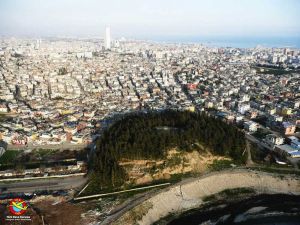
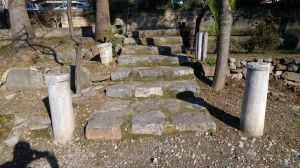
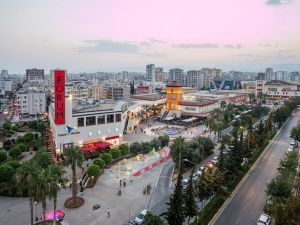
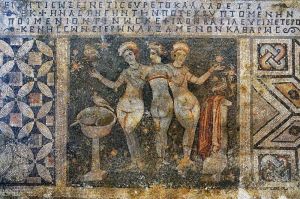
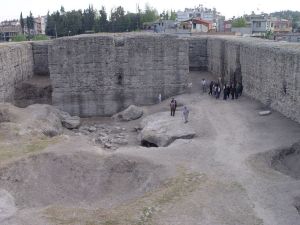
Değerlendirmeler